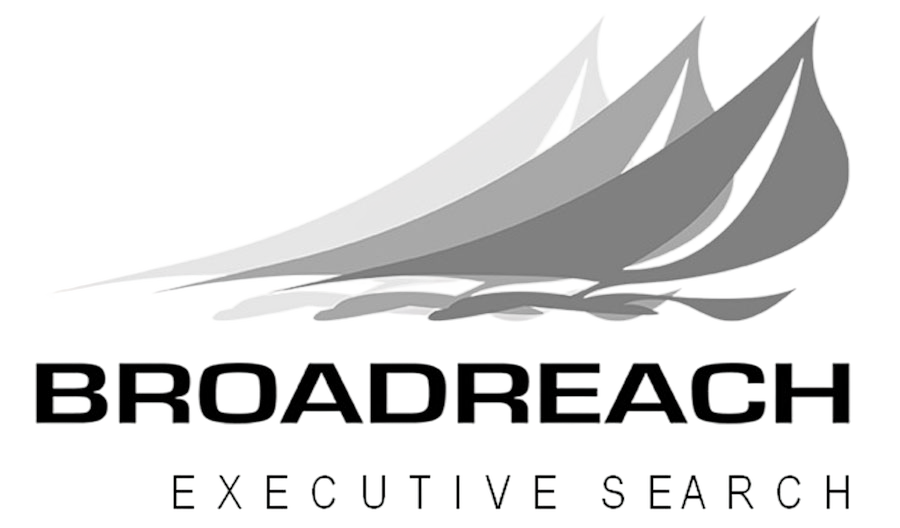What’s in a Resume?
Sending your resume to either a prospective employer or recruiter is like sending your calling card, your personalized marketing piece and most importantly it is your first impression.
Your goal should be to grab attention right up front, be positive and make sure to emphasize what you can bring to the position. Research shows that the first scan of a resume can be as brief as 6 seconds. That said, a simple easy to read format is key.
Your potential employer will want to understand your accomplishments and be able to peruse your timeline quickly. This is where you show who you are, detail your experience and unleash your full potential.
The Basics. Along with your name and contact information at the top formatted in a clear and easy to read font like Calibri, Cambria, Helvetica or Times Roman, it is also good practice to include a section of core competencies, skills, key qualifications, or a professional profile in a prominent area of your resume. By doing so, a potential employer can quickly locate the qualifications needed for the position and be enticed to read further.
Your work or professional experience. Now it’s time to identify your work experience and achievements, starting with the most recent. Make sure to include your job title, company and dates of employment. What comes next is the most significant component of your resume – the achievements and performance section. This is your opportunity to shine, so be specific, emphasize your accomplishments and include numbers or percentages where possible. Increasing or reducing numbers can help define your accomplishments and makes an impression about of your passion. Don’t just list your responsibilities, describe the result of your involvement when possible.
Education. Education is another important piece of information most employers or recruiters will look for. The placement of your education can vary depending on its importance to a specific job. The name of the school, location, degree obtained, GPA and year of graduation are standard components to include. Honors or academic recognition, coursework, activities or other achievements obtained during your education (that are relevant to the job you are applying for) should also be included.
What about customization? One way to grab attention is to repurpose the job description’s requirements. Review the job description you are applying to, look for the keywords describing the skill, culture or experience your potential employer is looking for. Now find ways to match your skills and talents. Take keywords from the job description and use them in your resume as often as possible. Keep in mind the use of keywords should not be overdone and must appear as a natural part of your own experiences. This is recommended for each job you are applying to; one size does not fit all in most cases.
Your resume is your first impression to any company or recruiter. It should convey who you are at your best. Layout, flow, spelling and grammar are all key areas to fine tune and double check. Keep it simple, make it easy to read and most importantly, showcase your skills. The goal is to position yourself as the best fit for the job so no one will want to pass up an interview with you.
